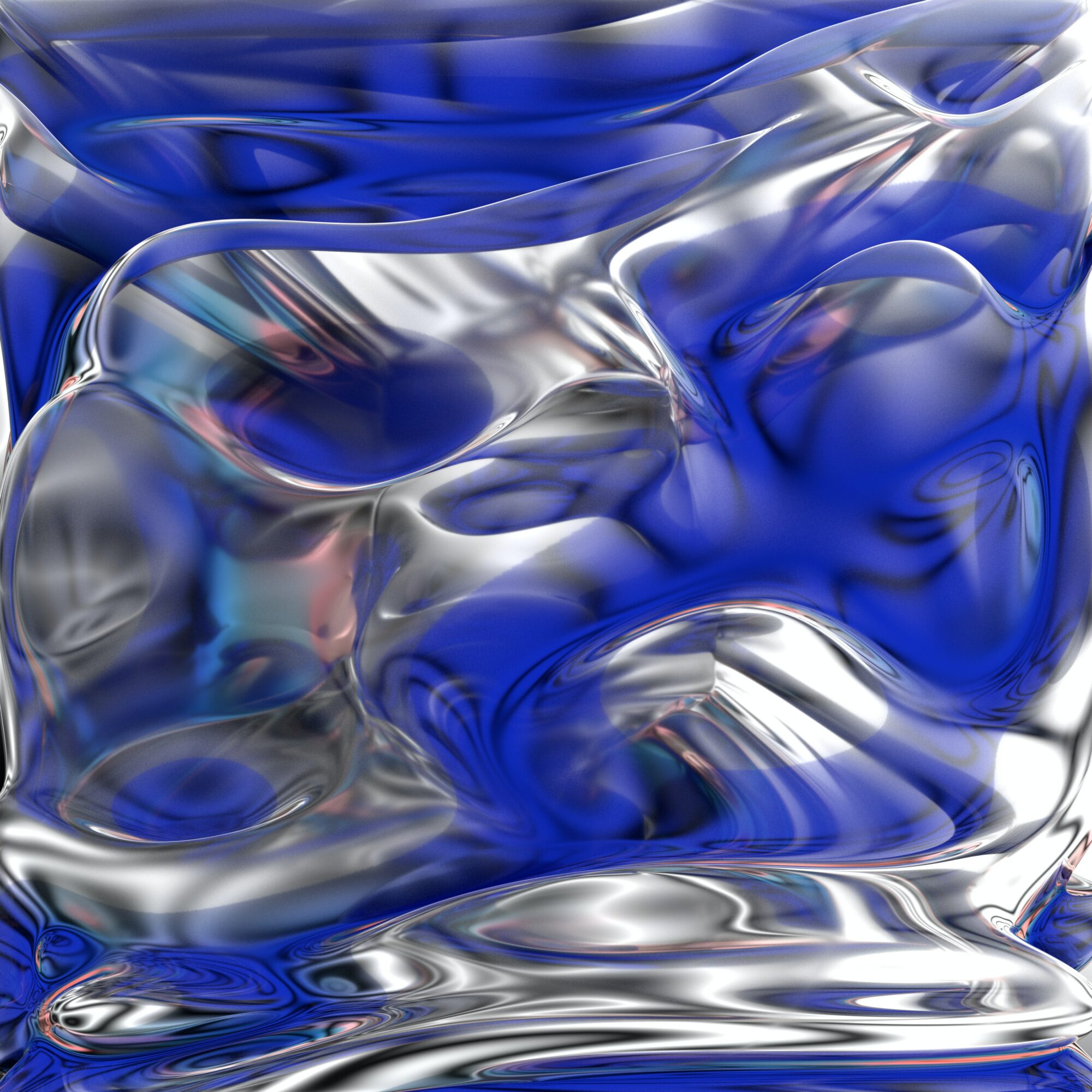Glass art refers to individual works of art that are largely or entirely made of glass and art from the heart. It ranges in size from monumental works and installations to wall carpets and windows, to works of art made in studios and factories, including glass jewellery and tableware.
As a decorative and functional medium, glass was widely developed in Egypt and Assyria. Invented by the Phoenicians, it was brought to the fore by the Romans. In the Middle Ages, the builders of the great Norman and Gothic cathedrals of Europe took the art of glass to new heights, using stained glass as a major architectural and decorative element. Glass from Murano in the Venetian Lagoon (also known as Venetian glass) is the result of hundreds of years of sophistication and ingenuity. Murano is still considered the birthplace of modern glass art.

The turn of the 19th century was the pinnacle of the glass art movement of old, at a time when factory glassblowers were being replaced by mechanical bottle blowing and continuous window glass. Great ateliers such as Tiffany, Lalique, Daum, Gallé, Corning schools in upstate New York and Steuben Glass Works took artistic glass to a new level.
Traditionally glass has been the medium for artists. A tradition of precision and colourful metallurgy and blown Venetian glass has been maintained on the Venetian island of Murano since the 13th century, thanks in part to the local pure quartz and the privileged position of the Venetians in the Levant trade (supply of complex potassium) , The modern heyday of Venetian art was in the 1950s and 1960s. It is still a world centre and a sort of Mecca for artists and glass enthusiasts. There is the Museo Vetrario, or Museum of Glass, which houses locally produced glass, as well as archaeological finds from Egypt and Lebanon – the culture of Phoenicia which, according to the Roman historian Pliny the Elder, merchants accidentally created glass by fire around 5000 BC.
In a culturally detached corner of the scale, the Finnish modernist school is represented by, for example, vase-sized sculpture, starting with the still popular Alvar Aalto vase, made by the architect and painter in 1937, which won the Grand Prix at the World Exhibition of Decorative Arts in Paris. As a rule, Finnish glass is characterised by streamlined, transparent and, in the case of non-traditional sculptural forms, exaggerated glass thicknesses, sometimes introducing internal roughness under the surface and consequently creating a hazy effect when light scatters. The Finnish school continues to be supported, particularly by individual artists, but also by the commercial glassworks and affiliated artist-designers of the industrial enterprise (at the same time shop) Iittal.
Famous and not fully understood technically is the glass of the Blaschka family of artisans and glass artists, created in Germany, possibly originating in Venice. Leopold Blaschka and his son Rudolf prepared (never duplicated) the so-called ‘glass flowers (in English)’. This collection was commissioned by a botany professor at Harvard University in the late 19th century. This collection, totalling some 900 specimens, is still considered technically unsurpassed (Harvard Natural History Museum). Leopold Blaschka also separately made glass models of invertebrates. These specimens are preserved at Cornell University in Ithaca and at the National Museum of Ireland in Dublin.

